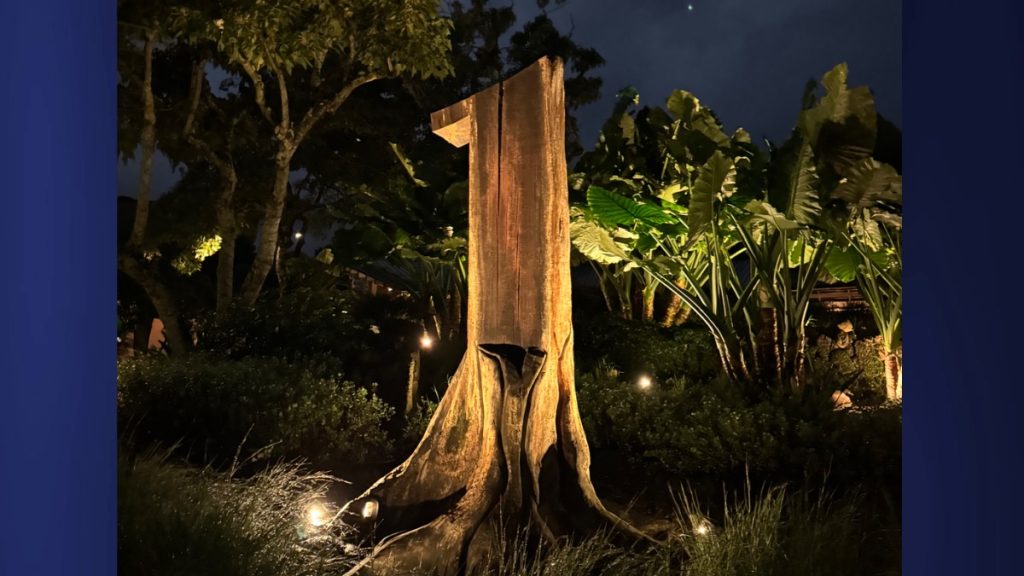1 Hotel Hanalei Bay hosts public talk story sessions to protect Kauaʻi’s endangered seabirds

As Kaua‘i enters the midway point of seabird fallout season, 1 Hotel Hanalei Bay is partnering with local nonprofit We Care Kaua‘i to host a series of free educational “Talk Story” sessions aimed at raising awareness and teaching the public about how to assist downed seabirds.
During fledgling season, when young birds leave the nest to learn to fly and forage, artificial lights can confuse them as they try to follow the moonlight to the ocean. The lights can cause them to circle until they are exhausted, crash or fall to the ground, making them vulnerable to predators, vehicles and other hazards.
Once a bird is grounded, even if it is rescued, its chances of survival drop significantly.
This is primarily due to human handling, the risk of contracting diseases from the ground, and the fatigue caused by circling artificial lights, which depletes the fat reserves they need for migration.
The Shearwater Talk Story events at the hotel are scheduled for Nov. 6 and 20 and Dec. 4 and 18, at Welina Terrace.
According to 1 Hotel Hanalei Bay, the discussions will address the causes of fallout and outline steps that residents and visitors can take to help seabird fledglings safely.
Fledgling season occurs from Sept. 15 to Dec. 15.
The Newell’s shearwater, known as ‘a‘o in Ōlelo Hawaiʻi, is the most commonly grounded seabird during “fallout” season.
The hotel’s “Dark Sky” Initiative serves as the foundation for these community efforts.
The program includes dimming or shutting off exterior lights at sundown, conducting daily seabird searches, training staff in rescue response, managing on-site predators, and providing educational materials for guests.
Visitors also receive nightly text reminders to close shades and reduce light pollution. The Talk Story sessions are open to both hotel guests and the public. Protecting the Newell’s Shearwater on the Garden isle is vital to the species’ survival, as Kauaʻi is home to 90% of the remaining population.
For more information, click here.



